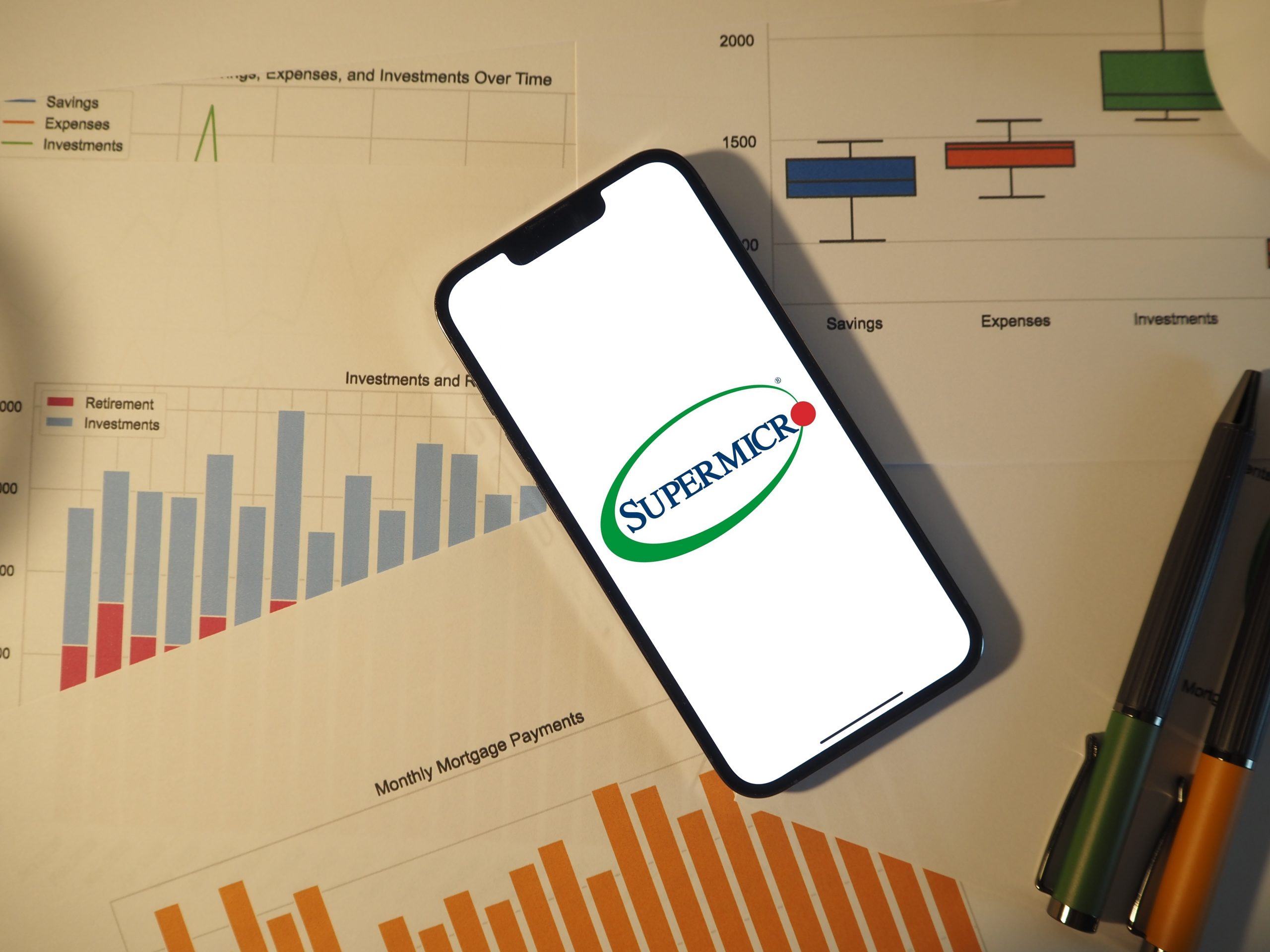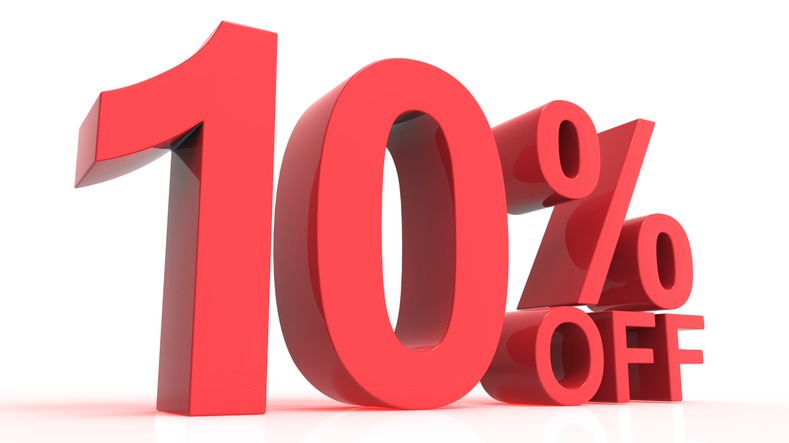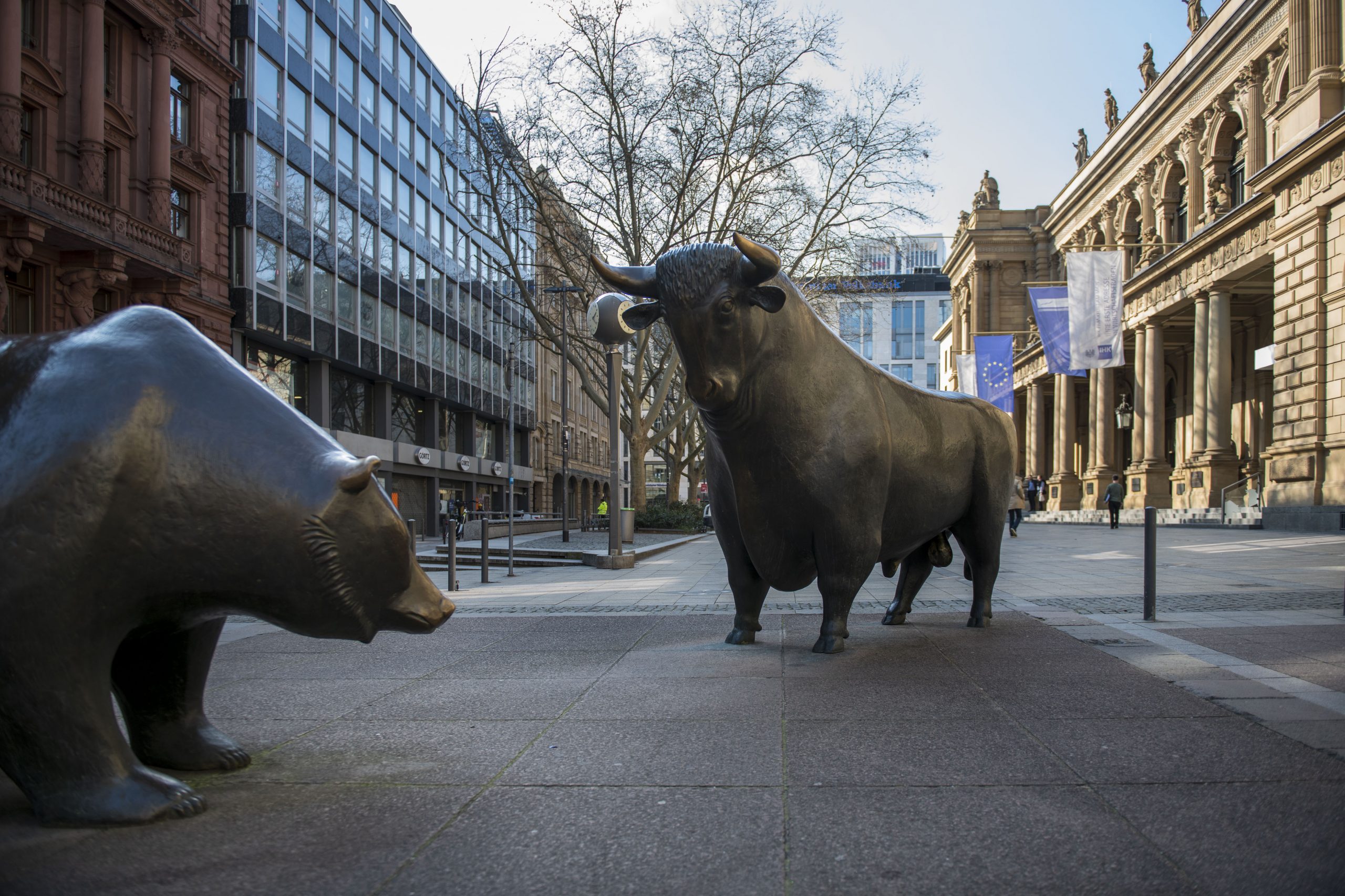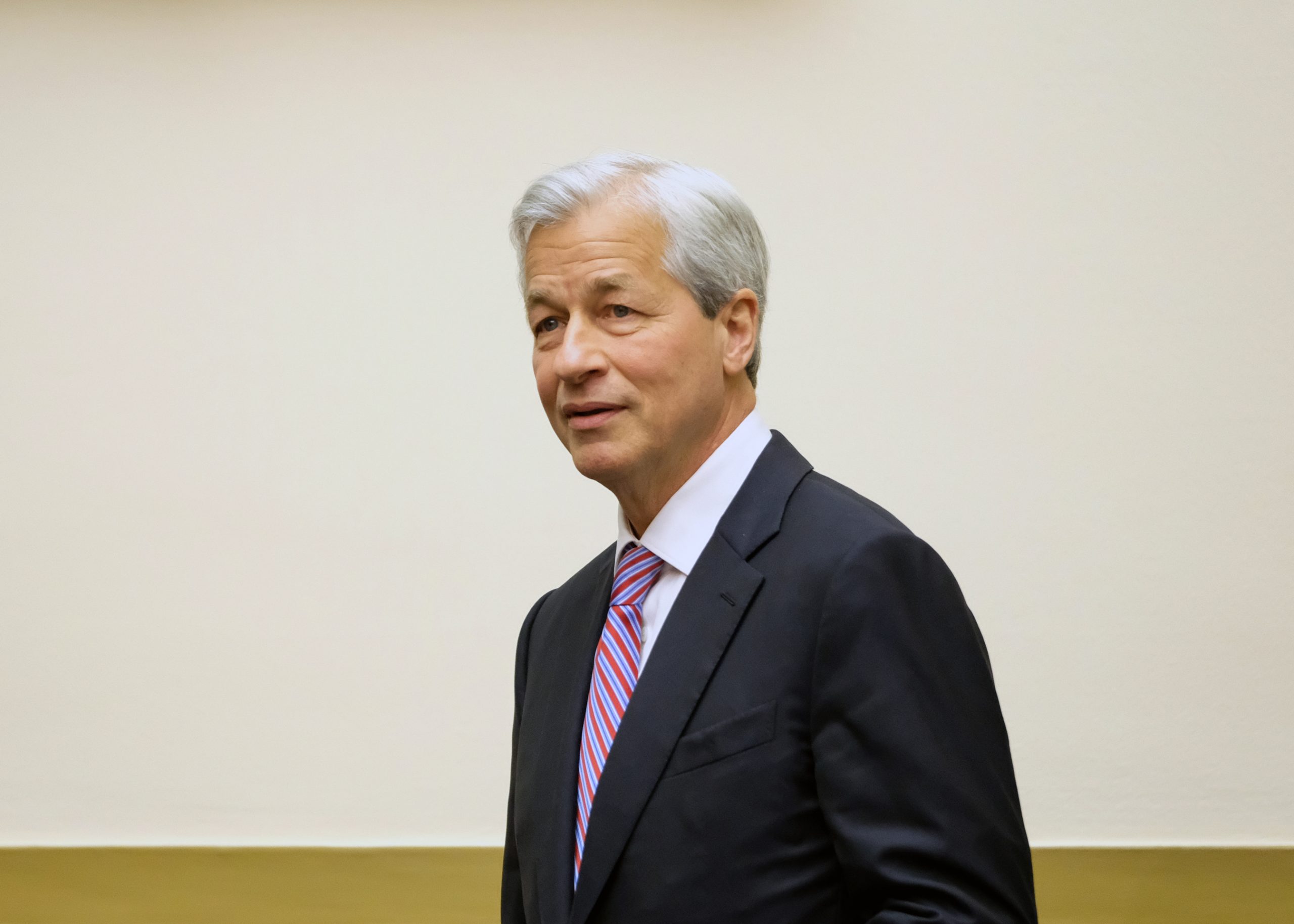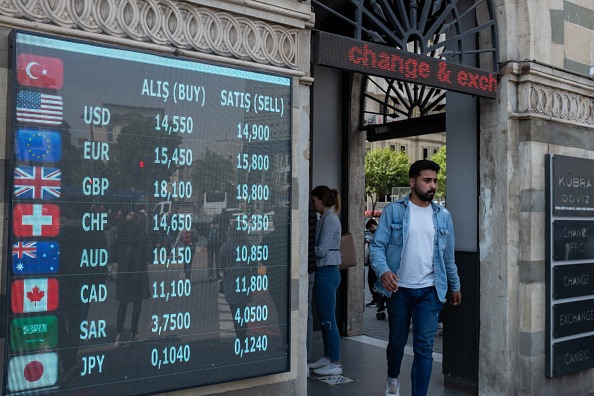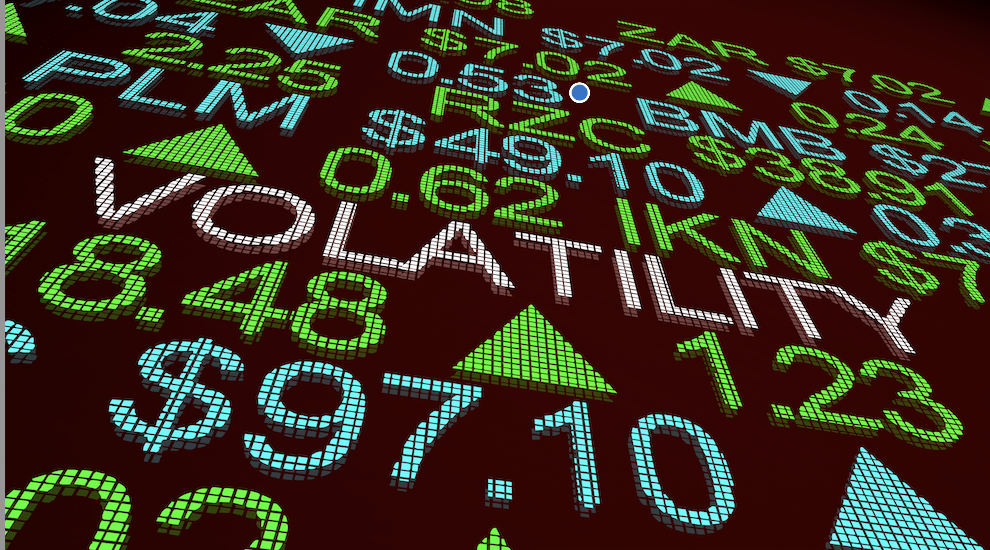Tracking and Trading Market Fear With These Three Options Metrics
Investors and traders can track "fear” in the marketplace using the CBOE Volatility Index (VIX), the Skew Index (SKEW) and the SPX Total Put/Call Ratio.

Bear market sentiment has been a powerful force in the financial markets in 2022, as seen in severe corrections in all of the major stock indices this year.
However, “fear” in the financial markets—as measured by the CBOE Volatility Index (VIX) and the CBOE Skew Index (SKEW)—has been far less prevalent.
Traditionally, corrective conditions in the stock market are accompanied by strong spikes in the VIX and SKEW indices. But that simply hasn’t been the case in 2022.
This year, the VIX hasn’t yet cracked 40—a key level in VIX that hasn’t been seen since early 2020. Currently, the VIX is trading around 29, which is only 10 points higher than its long-term average of 19.
Similar to the VIX, trading activity in the Skew Index has also been more tempered in 2022.
The CBOE Skew Index measures the probability of outlier returns in the S&P 500. The index typically rises when downside put buying activity intensifies—signaling a growing expectation for a big decline in the stock market.
Historically, the Skew Index ranges between roughly 100 and 150.
In 2022, however, the Skew Index has traded much differently.
This year, the Skew Index hasn’t broken through 150 at all. And despite the sharp drop in the major indices during the month of September, the Skew Index is currently trading 121—toward the lower end of its historical range.
The absence of fear—as verified by relatively benign readings in the VIX and Skew indices—makes the 2022 bear market especially difficult to analyze and understand.
What About the SPX Total Put/Call Ratio?
Beyond the VIX and Skew indices, market participants also track what’s commonly known as the Put/Call Ratio.
This ratio is fairly easy to understand, and is derived from daily trading volumes in the options market. For example, when an equal number of puts and calls are traded in the S&P 500, the Put/Call Ratio is equal to 1.
However, when put activity in the S&P 500 is greater than call activity, the SPX Total Put/Call Ratio rises above 1. And when call activity is greater than put activity, the ratio declines below 1.
Market participants track the Put/Call Ratio because it can provide further insight into market sentiment.
Back in February of 2020, the Put/Call Ratio traded up to 2.40, as put buying intensified in response to the spread of the first global wave of COVID-19. As recently as July 2022, the Put/Call Ratio was trading down to 1.13.
However, the ratio has been rallying in recent weeks—jumping from 1.30 at the end of August, all the way up to 1.70 at the end of September. This trend indicates that market participants have been gravitating toward protection in U.S. options markets.
Importantly, the Put/Call Ratio appears to be tracking fear in the stock market more accurately than the VIX and Skew indices in 2022. As such, investors and traders may want to monitor the SPX Total Put/Call Ratio a bit closer in the coming weeks and months.
Historically, some market participants have even used extreme levels in the Put/Call Ratio as an indicator for positioning in the market. For example, when the Put/Call Ratio jumps toward 2, some investors and traders interpret that level of bearish sentiment as a signal that the stock market has bottomed.
Interestingly, the Put/Call Ratio did peak in late September, just prior to the recent rebound in the stock market. Over the last couple of trading days, the S&P 500 is up 6%, and the Put/Call Ratio has dropped from 1.70 down to 1.20.
To learn more about harnessing fear in the financial markets, and using it to one’s advantage, watch this new installment of Truth or Skepticism featuring tastytrade co-founder Tom Sosnoff and longtime market pundit Dylan Ratigan.
For daily updates on everything moving the markets, check out TASTYTRADE LIVE—weekdays from 7 a.m. to 4 p.m. CDT.
Sage Anderson is a pseudonym. He’s an experienced trader of equity derivatives and has managed volatility-based portfolios as a former prop trading firm employee. He’s not an employee of Luckbox, tastytrade or any affiliated companies. Readers can direct questions about this blog or other trading-related subjects, to support@luckboxmagazine.com.



